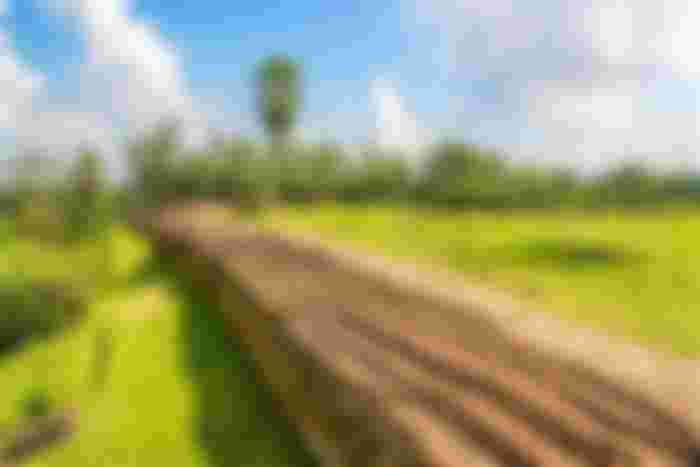
History of Pundranagar.
Mahasthangarh, Pundravardhana the oldest city, Shibganj, Bogra.
The vast ruins wall of Mahasthangarh is a silent witness to the glorious history of Pundranagar, the capital of Pundravardhanabhukti, for a long and glorious history of nearly two and a half thousand years. The ruins are located on the west bank of the river Karatoya, 13 km north of Bogra district town. This fortified city, the foremost and oldest in all of Bengal, is protected by a periodic earthen and brick enclosure wall which is 1525 m long in the north-south and 1360 m wide in the east-west and 5 m high from the surrounding plains. In addition to the Bestney Wall, rivers on the east and deep trenches on the other three sides have been used as additional defenses. Archaeological evidence suggests that for several centuries it was the provincial capital of the powerful Maurya, Gupta and Pala rulers, and later the Hindu parallel kings. Outside the fort, within 7/8 km of the north, west, south and southwest, there are still many ancient monuments of various kinds which bear witness to the sub-city. It is to be noted that the famous Chinese traveler Huan Tsang visited Pundranagara during his travels in India (639-645). During this time, excavations were carried out at 3 places called Vita Munir Ghon in Boiragi and Govinda Vita outside the city. After a long time, various parts of the fort were regularly excavated in 1980-1981 and later in 1986. Since 1993, the government of Bangladesh and France jointly started excavating Mahasthangarh and found a new dimension in the field of archeological research here. In the first phase, excavations were carried out in the middle of the fort wall till 1999. In the second phase, excavations have been carried out on the west side of the shrine since 2000. Long-term extensive excavations and excavations have uncovered almost uninterrupted settlements inside the fortified city from the 4th century AD to the Muslim era. Pre-Maurya, Gupta, Pala and Muslim era raw pucca houses, roads, sewers, drains, temples, mosques, arches, towers etc. have been unveiled at 16 levels. In addition to these architectural structures have been discovered. Various immovable cultural objects of contemporary urban life such as Mauryan tapered rock fragments, stamped silver coins and molded coins, black and batch chairs, bulleted war and round carvings, northern black smooth pottery, carving, shung features Emahasthangarh was the administrative center of Pundravardhana, 15 km from Bograshahr. The area is currently protected by the Department of Archeology.
